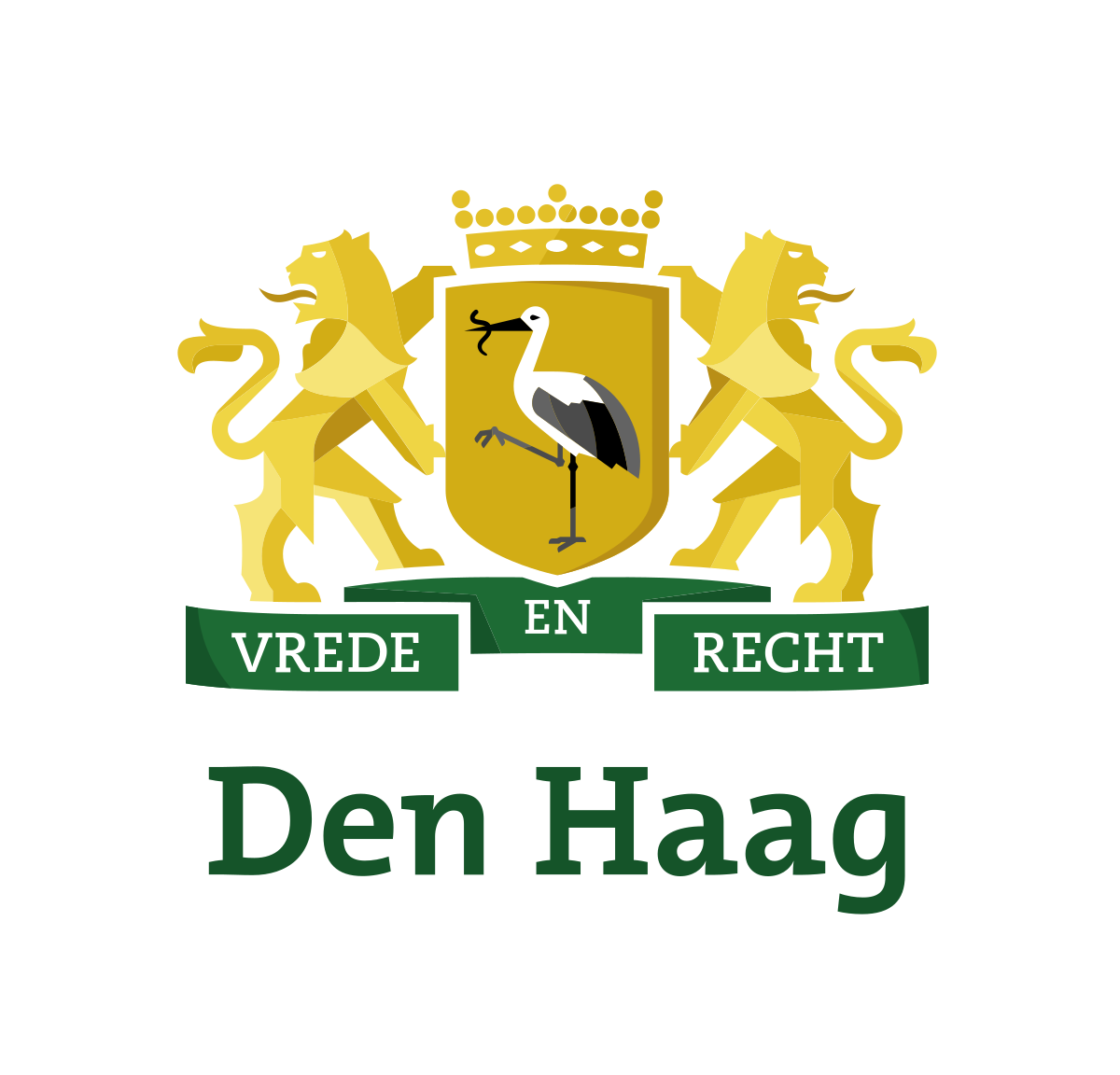Forced Labour in the 21st Century: The Uyghur Case of Modern Slavery
Forced labour: definition and numbers
“One out of five clothes made out of cotton is tainted by forced labour from the Uyghur Region,” states End Uyghur Forced Labour. Thousands of people are corralled into forced labour, causing outrage and calls for international support against this. Beijing continues to deny the occurrence of forced labour. Chinese sources point out “the willingness to work and the abilities of the poor are ‘insufficient’, and together with their inner motivation must be ‘stimulated’.” This emphasises the probability of forced labour in this region. As this shows the urgency of reducing forced labour among these people, it also becomes important to know how forced labour is defined. Let’s have a closer look at forced labour as an International Labour Standard.
The definition of forced labour has been settled since the International Labour Organisation (ILO) passed the ILO Forced Labour Convention (No. 29) in 1930. According to this convention, forced or compulsory labour is “all work or service which is exacted from any person under the threat of a penalty and for which the person has not offered himself or herself voluntarily.” So it consists of three elements. The first is a work or service, which includes all forms of work, service and employment in all sectors (formal and informal), but excludes compulsory education or training. The second is that the work is performed under the threat of a penalty. This refers to all forms of penal sanctions, including various forms of physical and psychological coercion or the retention of identity papers. The third is involuntariness, meaning “the lack of free and informed consent of a worker to take a job and his or her freedom to leave at any time.” Compulsory military service, normal civic obligations, prison labour (under certain conditions), work in emergency situations and minor communal services within a community are exempted from this qualification. This definition has been reaffirmed in the ILO Protocol 2014 to the Forced Labour Convention 1930.
The definition of forced labour was deliberately constructed in elements, rather than listing prohibited forms of labour. This enables practitioners and supervisory bodies of the ILO to address a wide range of forced labour practices. As expressed in a 2012 General Survey of the ILO, this definition encompasses “traditional practices of forced labour, such as vestiges of slavery or slave-like practices, and various forms of debt bondage, as well as new forms of forced labour that have emerged in recent decades, such as human trafficking.” Nowadays, forced labour is, together with forced marriage, also referred to under the umbrella term modern slavery, as to “shed light on working and living conditions contrary to human dignity.”
Having considered the requirements, we can state without a doubt that the situation going on in China meets the criteria for forced labour. This situation calls for action. Therefore, End Uyghur Forced Labour offers possibilities to make a change with an organisation, company or as an individual. We believe we can make a difference, do you?
|
Remarkable ⚠️ The expensive Italian luxury brand Prada SpA (Prada) scores remarkably low (5 points out of 100) on its business ethics policies and practices, and can be found almost completely at the bottom of the 2020/2021 Benchmark of Know The Chain. According to Know The Chain, Prada “does not disclose the steps it has taken to address the risks of alleged Uyghur forced labour across its supply chain tiers.” The luxury brand even maintained its 2018 score, despite the fact that it became harder to achieve this score since the methodology strengthened (due to the commitment to the ILO core labour standards). This goes against all expectations of what an expensive brands’ supply chain would be like. It also makes us wonder why the products are so expensive, if the money is clearly not invested in making sure their supply chain is ethical and sustainable. Further information and resources can be found here. |

